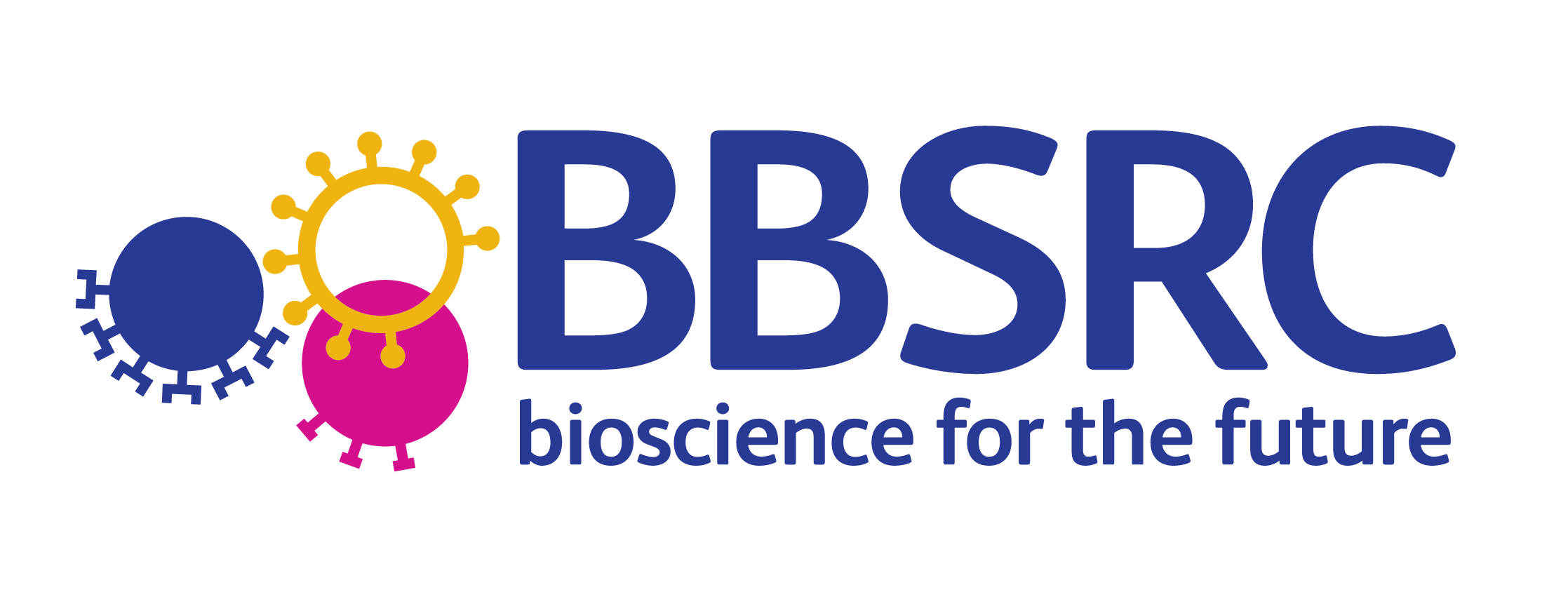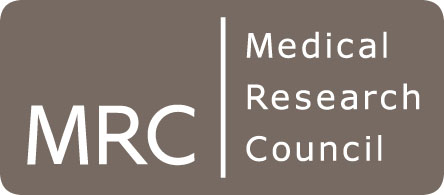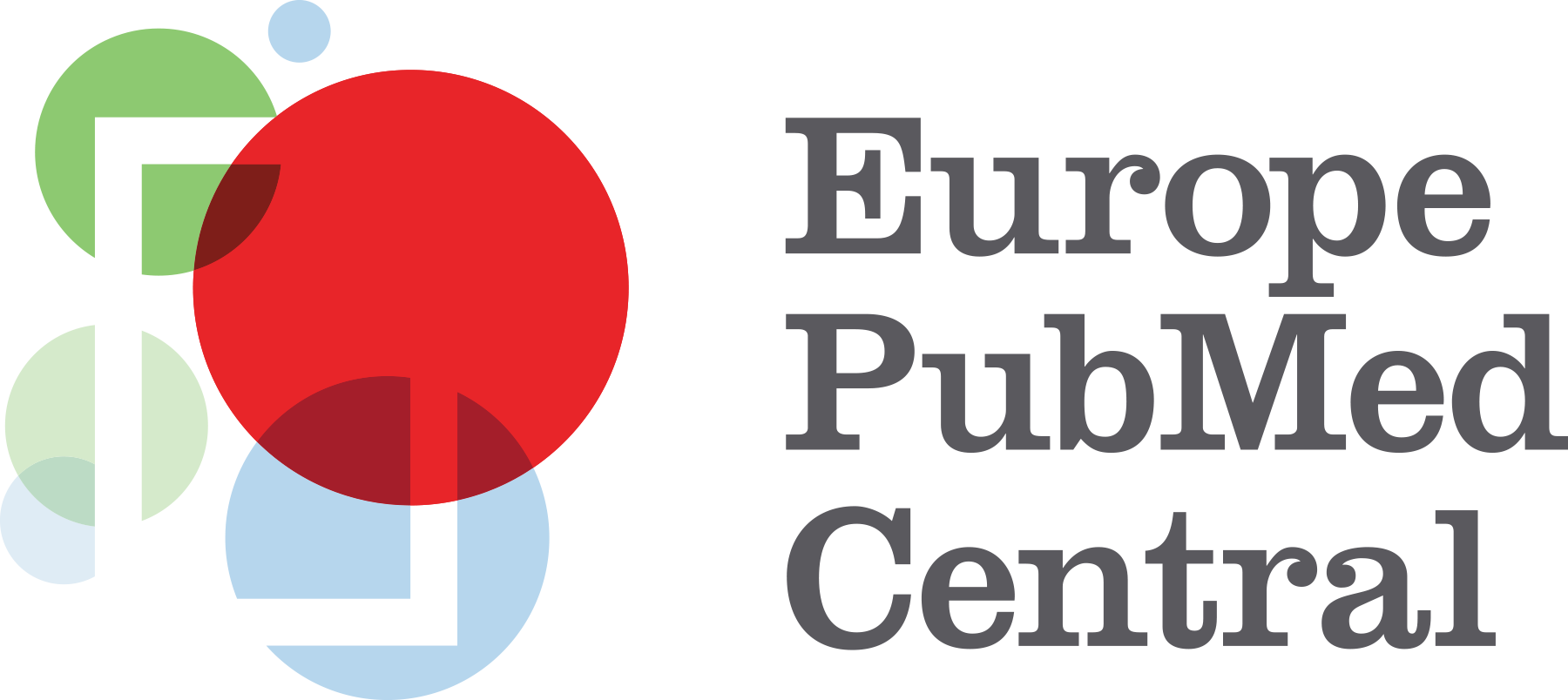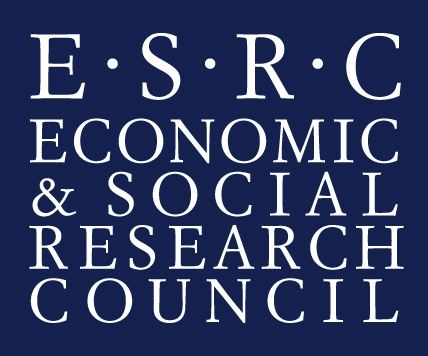New article on improving drug named entity recognition by aggregating heterogeneous methods
2015-07-01
We are pleased to announce the publication of a new article on improving drug named entity recognition by aggregating heterogeneous methods in the journal Artificial Intelligence in Medicine:
Korkontzelos, I., Piliouras, D., Dowsey, A. and Ananiadou, S. (2015). Boosting Drug Named Entity Recognition using an Aggregate Classifier. Artificial Intelligence in Medicine (AIIM), ICHI 2013 Special Issue.
Abstract
Objective
Drug named entity recognition (NER) is a critical step for complex biomedical NLP tasks such as the extraction of pharmacogenomic, pharmacodynamic and pharmacokinetic parameters. Large quantities of high quality training data are almost always a prerequisite for employing supervised machine-learning techniques to achieve high classification performance. However, the human labour needed to produce and maintain such resources is a significant limitation. In this study, we improve the performance of drug NER without relying exclusively on manual annotations.Methods
We perform drug NER using either a small gold-standard corpus (120 abstracts) or no corpus at all. In our approach, we develop a voting system to combine a number of heterogeneous models, based on dictionary knowledge, gold-standard corpora and silver annotations, to enhance performance. To improve recall, we employed genetic programming to evolve 11 regular-expression patterns that capture common drug suffixes and used them as an extra means for recognition.Materials
Our approach uses a dictionary of drug names, i.e. DrugBank, a small manually annotated corpus, i.e. the pharmacokinetic corpus, and a part of the UKPMC database, as raw biomedical text. Gold-standard and silver annotated data are used to train maximum entropy and multinomial logistic regression classifiers.Results
Aggregating drug NER methods, based on gold-standard annotations, dictionary knowledge and patterns, improved the performance on models trained on gold-standard annotations, only, achieving a maximum F-score of 95%. In addition, combining models trained on silver annotations, dictionary knowledge and patterns are shown to achieve comparable performance to models trained exclusively on gold-standard data. The main reason appears to be the morphological similarities shared among drug names.Conclusion
We conclude that gold-standard data are not a hard requirement for drug NER. Combining heterogeneous models build on dictionary knowledge can achieve similar or comparable classification performance with that of the best performing model trained on gold-standard annotations.| Previous item | Next item |
| Back to news summary page |
Featured News
- ELLIS Workshop on Misinformation Detection - 16th June 2025
- 1st Workshop on Misinformation Detection in the Era of LLMs (MisD)- 23rd June 2025
- Prof. Sophia Ananiadou accepted as an ELLIS fellow
- Invited talk at the 15th Marbach Castle Drug-Drug Interaction Workshop
- BioNLP 2025 and Shared Tasks accepted for co-location at ACL 2025
- Prof. Junichi Tsujii honoured as Person of Cultural Merit in Japan
- Participation in panel at Cyber Greece 2024 Conference, Athens
- New Named Entity Corpus for Occupational Substance Exposure Assessment
Other News & Events
- CL4Health @ NAACL 2025 - Extended submission deadline - 04/02/2025
- Shared Task on Financial Misinformation Detection at FinNLP-FNP-LLMFinLegal
- FinNLP-FNP-LLMFinLegal @ COLING-2025 - Call for papers
- Keynote talk at Manchester Law and Technology Conference
- Keynote talk at ACM Summer School on Data Science, Athens








